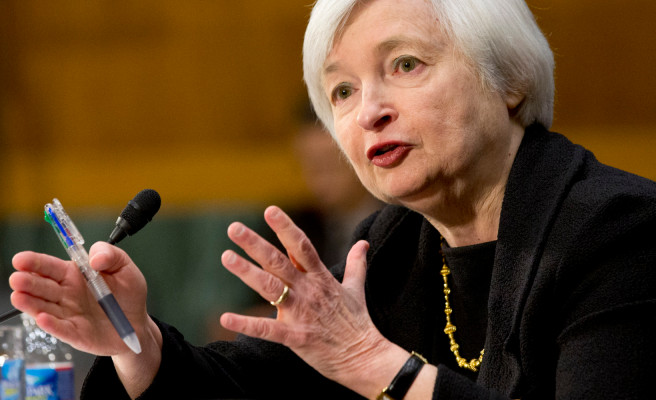
By Mohamed A. El-Erian, Bloomberg
This Fed Day was an unusual experience: I was in Dubai, which meant the Open Market Committee announcement came at 11 p.m., and the press conference that followed didn't end until after midnight. The time difference provided an unusual sense of distance from the often frantic atmosphere that typically follows a policy announcement by the world’s most powerful central bank.
This more detached feeling triggered some interesting thoughts about the challenges facing the high-frequency financial media and its coverage.
The initial market reaction to the Fed's policy announcement was understandably muted. The 25-basis-point interest-rate hike had been highly anticipated by the vast majority of market participants and observers. And although the FOMC's signal that it would raise rates three times rather than twice in 2017 wasn't expected by some, the reason for the change was soon determined to be marginal.
As a result, commentators quickly dismissed the meeting as a non-event. Indeed, with the central bank essentially validating previous market moves, financial television networks appeared inclined to leave the Fed story behind and focus instead on President-elect Donald Trump's meeting with the chief executives of major technology companies.
The news conference by Fed Chair Janet Yellen that followed changed all that. She suggested that the central bank was shifting, slowly and carefully, to a policy stance that was less dovish. That, I would suggest, goes somewhat beyond the Fed being just data-dependent.
Although she emphasized she wasn't in the business of giving the Trump administration policy advice, Yellen’s carefully crafted responses suggested that the Fed was trying to internalize the signals from the president-elect and his team that they would pursue a more active fiscal policy. Also, in response to questions about a speech she delivered in Boston in October, she appeared to walk back her eye-catching statement about the desirability of "running a high-pressure economy."
That's when markets started moving, and the financial commentary needed to evolve accordingly.
The dollar appreciated markedly, approaching index highs not seen since 2003. Yields on Treasuries moved aggressively higher, increasing what already was an unusual large differential with their German counterparts in particular.
But as television reporters tried to catch up with the change in market sentiment, they ignored what could be an important factor for determining the role of the Fed in 2017: the extent and consequences of the U.S. central bank's divergence with the policies of other systemically important central banks, particularly the European Central Bank and the Bank of Japan.
Greater policy divergence -- with the U.S. tightening its monetary stance and loosening its fiscal one, even as other advanced countries pursue the opposite policy mix -- would place substantial further appreciation pressures on the dollar. Together with higher interest rates, this would tighten financial conditions and risk fueling a protectionist rhetoric that, at least for now, has taken a back seat.
Ultimately such circumstances leave two choices: either the U.S. would pull other countries (and Germany in particular) into a more active fiscal-policy stance, or U.S. growth would be pulled down in the context of a higher risk of trade protectionism -- though neither the Fed nor the commentators are paying much attention to that, at least for now.
